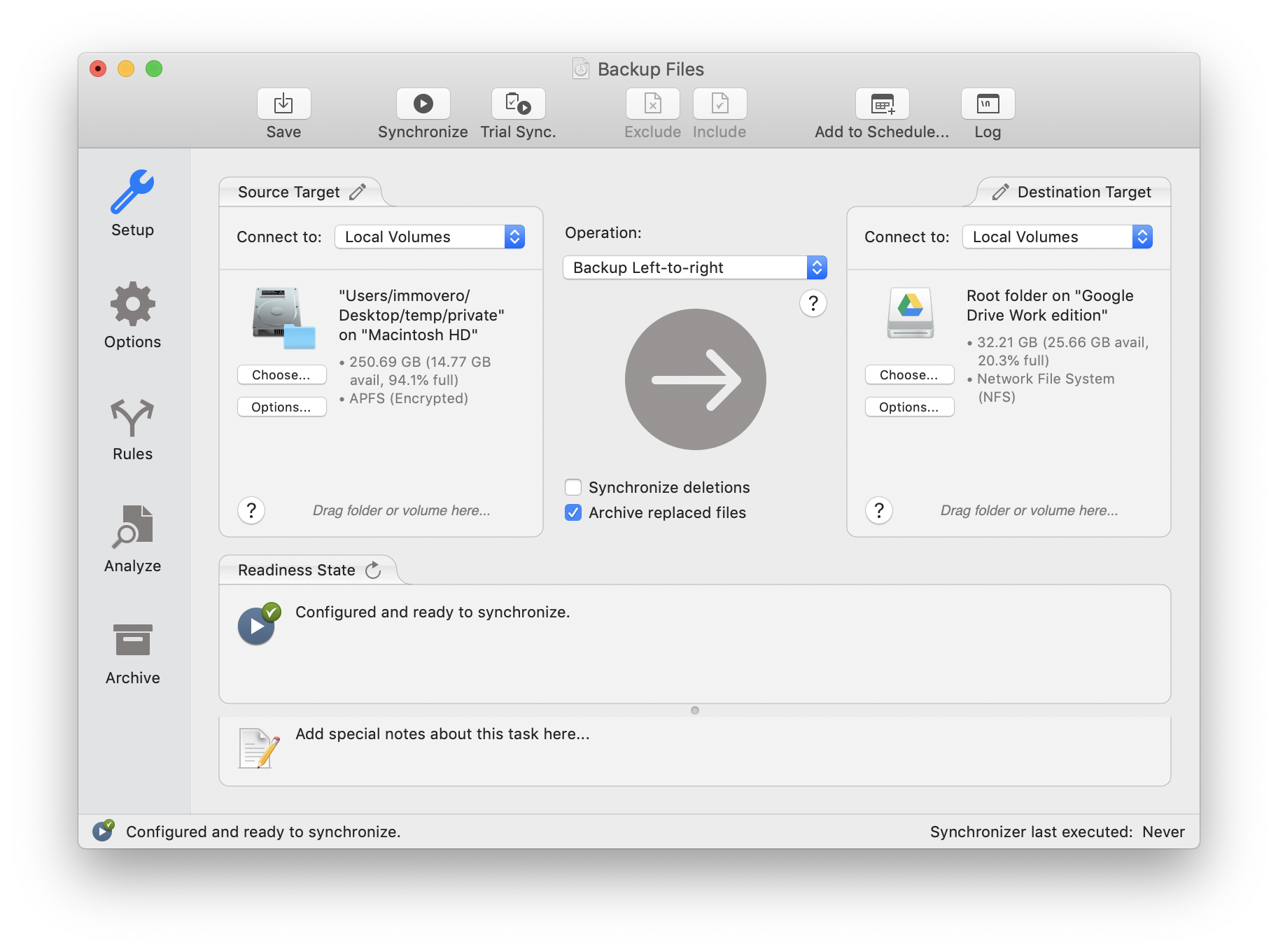
/macos-high-sierra-recovery-mode-reinstall-macOS-9e3947eb062f4f85bf2fc5ff17e0032f.jpg)
- #MAKE OSX RECOVERY USB FOR ANOTHER MAC HOW TO#
- #MAKE OSX RECOVERY USB FOR ANOTHER MAC INSTALL#
- #MAKE OSX RECOVERY USB FOR ANOTHER MAC UPGRADE#
- #MAKE OSX RECOVERY USB FOR ANOTHER MAC FULL#
It did what it is soposed to do, but in my case, it didn'd worked because I had a wrong DMG file, that has a update, not a full base system. Thanks Edit I decided to describe a little bit about what I've done that could help I'll create a bootable USB and if it works I'll post here. I just don't know yet why the dmg file is over 6Gig and the final iso is 2Gig. On the script it says: "not required" but in my case I wouldn't work without it (I think)Īfter all that, I deleted all the files, then I started again. Then I realized that I needed the empty*img.bz2 from bootableinstallerĪfter that, I got another error: mac-fdisk: command not found which I solved by installing it. I solved it by doing: cd ~/Downloads/xar/xarĪfter that, I had another output: "512: failed to use device: No such device" I had an error "xar command not found", for some reason the install-mac-tools.sh script didn't really installed.
#MAKE OSX RECOVERY USB FOR ANOTHER MAC INSTALL#
Install mac-fdisk: sudo apt-get install mac-fdisk-cross. Download empty*img.bz2 from bootableinstaller. I had two other dependencies I had to install before the script would run successfully: Mv el-capitan-rescue.dd.img el-capitan-rescue.iso Sudo dd if= " $my_base "p1 of= " $my_dd "p2 bs=128M status=progress My_dd= $(sudo losetup -partscan -show -find el-capitan-rescue.dd.img ) My_empty= $(ls empty *img.bz2 | sort | head -1 )Ĭp -rp " $my_empty " el-capitan-rescue.dd.img.bz2 My_base= $(sudo losetup -partscan -show -find. My_base= $(sudo losetup -list | grep BaseSystem.img | cut -d ' ' -f1 ) Sudo mount " $my_esd "p2 -o ro,noatime /mnt/InstallESDĭmg2img /mnt/InstallESD/BaseSystem.dmg -o. My_esd= $(sudo losetup -partscan -show -find " $my_installesd " ) My_esd= $(sudo losetup -list | (grep InstallESD.img || true) | cut -d ' ' -f1 ) # TODO it's now safe to remove the big fat InstallMacOSX.*mg and. InstallMacOSX/InstallMacOSX.pkg/InstallESD.dmg -o. Xar -xvf /mnt/InstallMacOSX/InstallMacOSX.pkgĭmg2img. 
xar/xar/src/xar -xvf /mnt/InstallMacOSX/InstallMacOSX.pkg Sudo mount " $my_fullosx "p2 -o ro,noatime /mnt/InstallMacOSXĮcho "Extracting /mnt/InstallMacOSX/InstallMacOSX.pkg " My_fullosx= $(sudo losetup -partscan -show -find InstallMacOSX.img ) My_fullosx= $(sudo losetup -list | (grep InstallMacOSX.img || true) ) "Įcho " In step 4 click 'Download OS X El Capitan' "ĭmg2img InstallMacOSX.dmg -o. If ! thenĮcho "Error: 'InstallMacOSX.dmg' doest not exist. My_installesd= "./ElCapitanInstallESD.img " If thenĮcho "'el-capitan-rescue.iso' already exists "
Open a Terminal and run bash install-mac-tools.sh from the Downloads folder. Right-Click on the view Raw link, choose Save as, and select the Downloads folder. run the script from your USB drive, NOT Downloads. choose to download to your USB drive, NOT Downloads. InstallOSX.dmg will be about 6GB in your Downloads folder. Click "Download OS X El Capitan" in Step 4. :max_bytes(150000):strip_icc()/Downloadcatalina-1d057ad984284128bdf3135fbc730e5b.jpg)
#MAKE OSX RECOVERY USB FOR ANOTHER MAC UPGRADE#
Visit Apple's official "How to upgrade to El Capitan" documentation. you already downloaded InstallOSX.dmg to your USB drive, so skip this step. Note for Windows users running Linux from VirtualBox:. The Apple download contains a recovery image called BaseSystem.dmg which needs to be copied to a correctly partitions and formatted recovery USB or ISO.  Create other Installer USBs from El Capitan in VirtualBox. Create an El Capitan Installer ISO with VirtualBox from the Recovery image. Images should also work, but you might have trouble getting macOS Sierra to boot in VirtualBox. In all cases you should first download the El Capitan Installer, as a direct download from Apple (no App Store). Including disk images directly from Apple's IT support pages,Īnd open source utilities for extracting and converting pkg, dmg, and HFS+. The downloads used in this process are legal and freely avaliable. You can still create a bootable OS X recovery USB, and you can use that to create an Installer USB. If your Mac is out-of-order or you otherwise cannot download macOS from the App Store,
Create other Installer USBs from El Capitan in VirtualBox. Create an El Capitan Installer ISO with VirtualBox from the Recovery image. Images should also work, but you might have trouble getting macOS Sierra to boot in VirtualBox. In all cases you should first download the El Capitan Installer, as a direct download from Apple (no App Store). Including disk images directly from Apple's IT support pages,Īnd open source utilities for extracting and converting pkg, dmg, and HFS+. The downloads used in this process are legal and freely avaliable. You can still create a bootable OS X recovery USB, and you can use that to create an Installer USB. If your Mac is out-of-order or you otherwise cannot download macOS from the App Store, #MAKE OSX RECOVERY USB FOR ANOTHER MAC HOW TO#
See How to create a Bootable MacOS Recovery USB from Linux


/macos-high-sierra-recovery-mode-reinstall-macOS-9e3947eb062f4f85bf2fc5ff17e0032f.jpg)

:max_bytes(150000):strip_icc()/Downloadcatalina-1d057ad984284128bdf3135fbc730e5b.jpg)



 0 kommentar(er)
0 kommentar(er)
